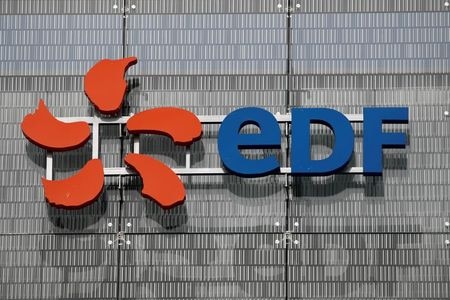Rescuing abandoned customers ‘costs leading energy firms £700’

Taking on customers whose energy company has collapsed will cost surviving gas and electricity firms approximately £700 more per new client.
Market giants such as British Gas, Octopus, and Shell have gained hundreds of thousands of retail customers from Ofgem’s supplier of last resort process – but it comes at a cost.
The price of ‘onboarding’ new consumers from defunct suppliers – known as ‘orphans’ – is estimated to be £700 more than the regulator’s £1,277 price cap based on average usage.
With Ofgem only reviewing its price cap on a twice per year basis, energy companies are set to bear the brunt of record wholesale prices and the limits on what customers can be charged this winter.
This follows the collapse of suppliers in the energy sector earlier this year, which has affected 1.5 million customers. In 2018, prior to the decline in energy suppliers, there were over 70 competitors in the market vying for consumers, after competitive reforms to the market that successfully reduced the influence of the former ‘Big Six’.
Simone Rossi, chief executive of EDF Energy, told the Financial Times that his company is currently is losing money with the acquisition of each new consumer.
He said: “Right now we actually suffering a loss… It’s a huge, huge issue for us across the industry.”
It is possible the biggest players in the sector could return to a dominant position in the market following the instability at smaller energy firms, provided they can ride the wave of on-boarding costs.
However, Laith Khalaf, head of investment analysis at AJ Bell, told CityAM that it will be difficult for energy suppliers to see the opportunity provided by new customers due to the current situation regarding costs.
He said: “It’s clearly hard for energy suppliers to view new customers positively when they are potentially going to cost them so much money as a result of the price cap. Longer term they may be able to turn a profit, but margins are actually pretty thin in energy supply, so it takes a long time to repair an onboarding loss.”
Commenting on possible resolutions, he added: “The price cap is clearly there to protect customers, but there’s only so long the energy suppliers can soak up costs before they have to pass them on, and any review of the price cap will take into account the increased cost of wholesale prices. The best case scenario is that energy prices fall back and make things more affordable, otherwise households are inevitably going to end up paying more.”